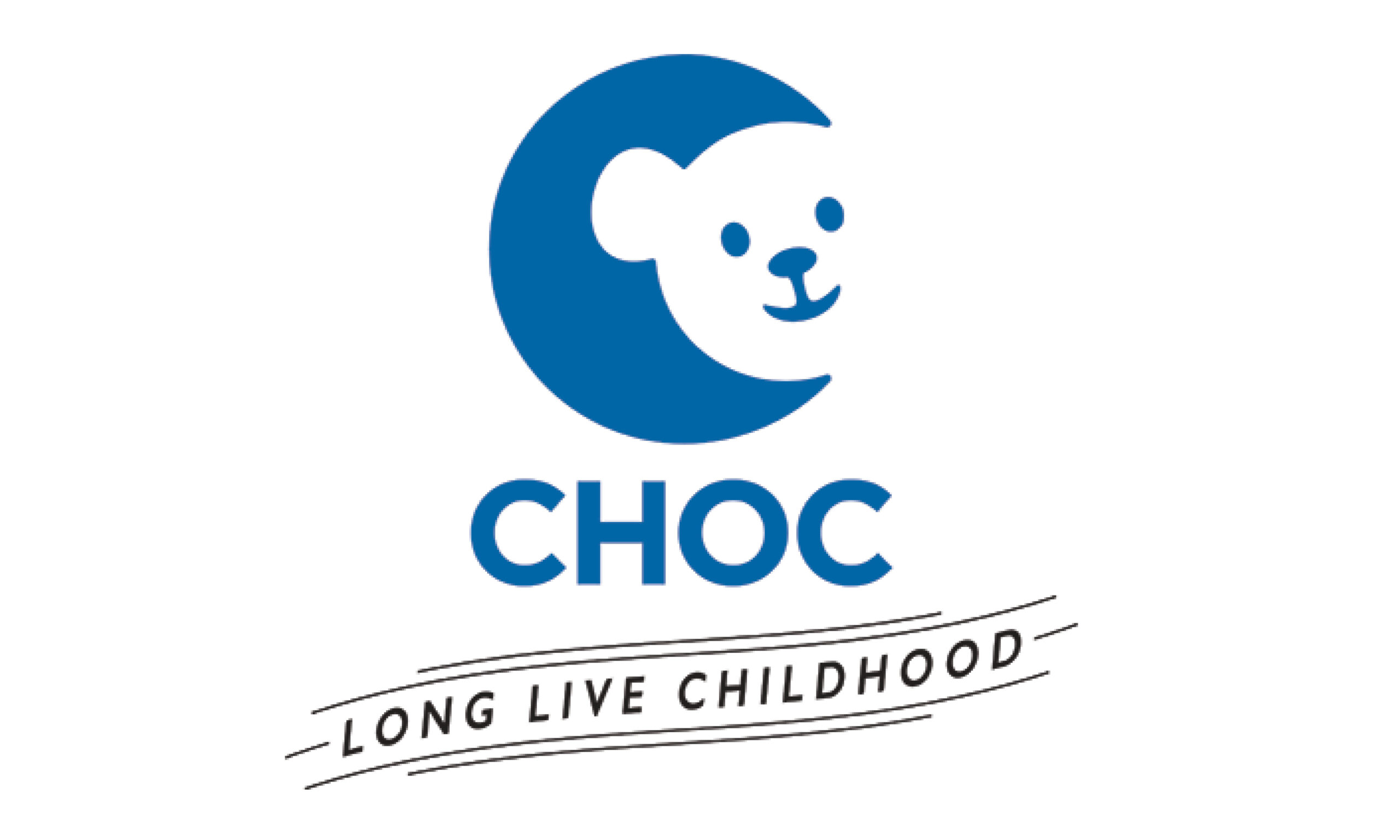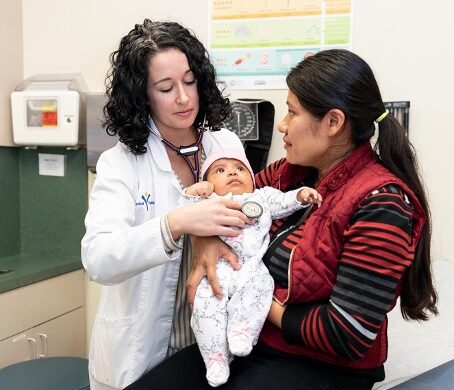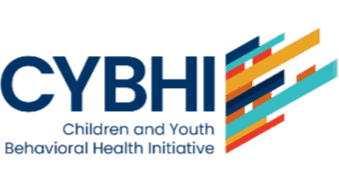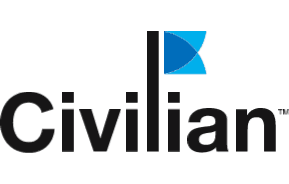What it is
We have the unique opportunity to build a campaign that gives youth, young adults and caregivers across California the resources and strategies to manage stress, heal from adversity, and end cycles of trauma.
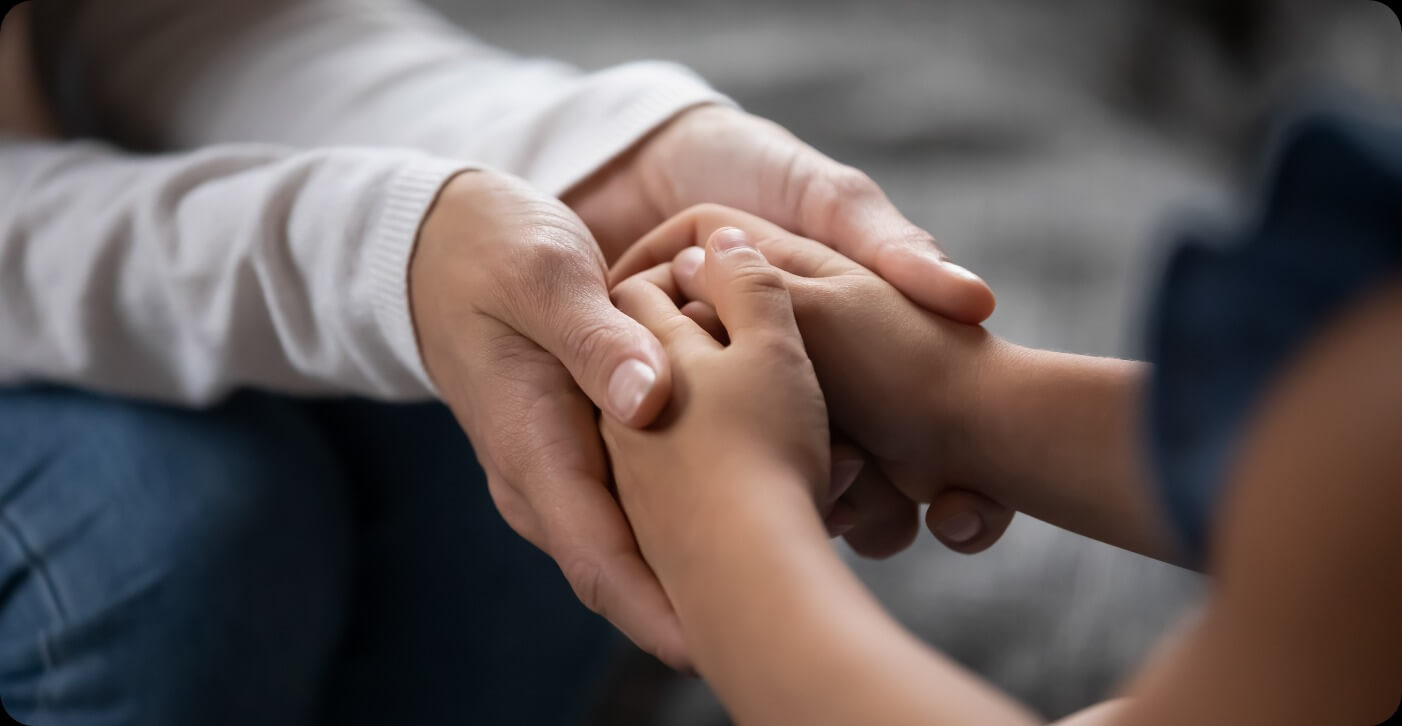
Why this matters
Your past experiences don’t define you, but they can have a lasting impact. Toxic stress caused by Adverse Childhood Experiences, or ACEs, can throw the body into a state of fight or flight, even in safe environments. This response, when activated over and over again, can take a toll on our bodies and minds. Studies have shown that people who have experienced a higher number of ACEs have an increased risk of heart disease, depression, cancer, stroke, and diabetes.
The good news is that the effects of toxic stress are treatable. Recovery is possible. Positive Childhood Experiences (PCEs) – like a sense of belonging at school, supportive friends, or the involvement of at least one caring adult – can reduce the impact of ACEs.
For those who have experienced traumatic events as children or have had a prolonged activation of their stress response, it’s never too late to get support. Healing ourselves is the first step to healing our communities and ending cycles of trauma.

How we’re building our campaign
We’re creating a campaign for youth and young adults (ages 16-25) informed by their voices, feedback, and input along the way to ensure our campaign will best meet them where they are in their journey toward healing. We know that adolescence is a unique time to develop knowledge, reflect on and make sense of past experiences, and importantly, build skills in managing emotions, relationships, and stress that can carry on through to adulthood. In our campaign, we’ll also have messages and resources for caregivers of youth that can help them build knowledge of ACES, toxic stress, and their impacts, along with information on how they can create positive childhood experiences to counter the effects of ACEs and toxic stress.
We’re co-creating this campaign in collaboration with our target audiences who know their experiences and communities best. We’re building on the latest research to bring youth, young adults, caregivers and communities proven strategies for: reducing the effects of toxic stress, creating PCEs, managing stressful experiences, and more – all in support of current and future generations of Californians.
At the heart of this campaign is storytelling. Californians who have experienced ACEs, and related toxic stress, will be sharing their healing journey with the goal of creating connection, building community, and inspiring others who may be struggling.
See what our audiences had to say in a series of input sessions.
Who are we talking to?
-

Primary
Youth and Young Adults (16-25)
-

Secondary
Caregivers (emphasis on caregivers of youth ages 8-16)
-

Tertiary
Health Care Providers, Education, and Early Care Providers
What you can do
We’re excited to mobilize diverse voices across the state to create a campaign that supports healing, hope and prevention at a time when people need it most. Input from Californians from all backgrounds and communities will help us uncover the most impactful messages, tools and strategies as well as inform the resources we create to help Californians prioritize their health and healing.
With your help, our campaign can change the lives of so many Californians for the better. Please take a minute to answer our survey questions and let us know what you think!
We want to hear from you
In one word, name something that everyone can do to support youth in California.
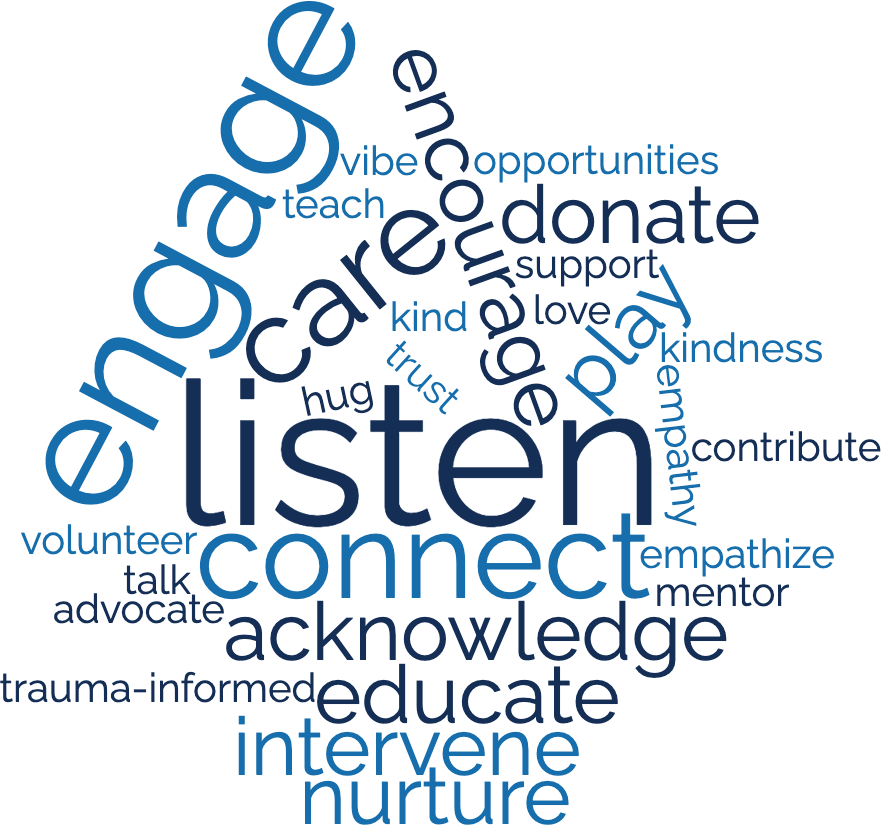
Community stories
Share a story from your community. Every day across California, people and organizations are making life better for Californians and their communities.
We’d love to hear about your community’s stories. How are its organizations supporting their people in overcoming adversity and the impacts of toxic stress? We’ll reach out to learn more, and may feature their story on our campaign website, social media and beyond!
Share a Community Story

